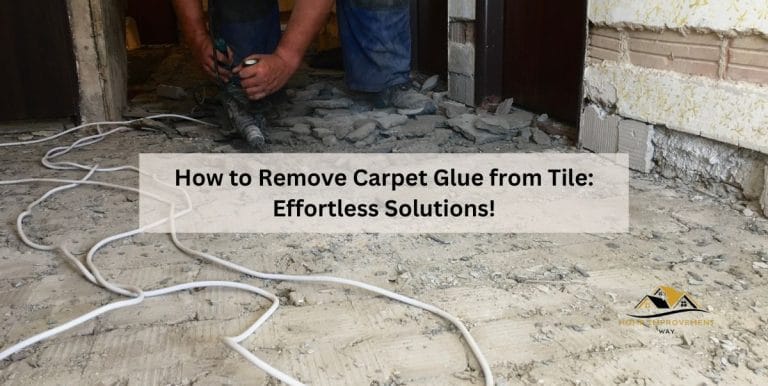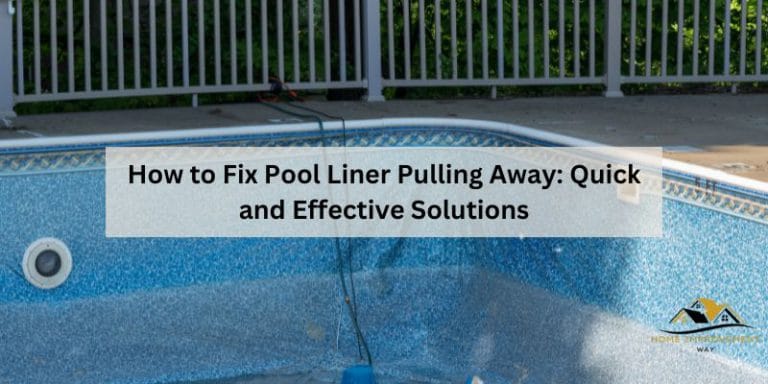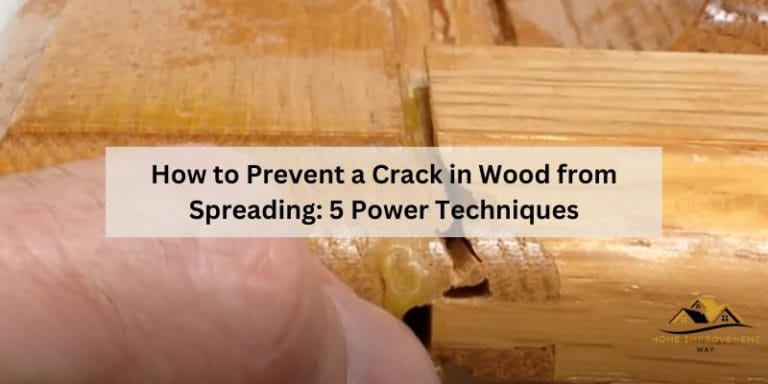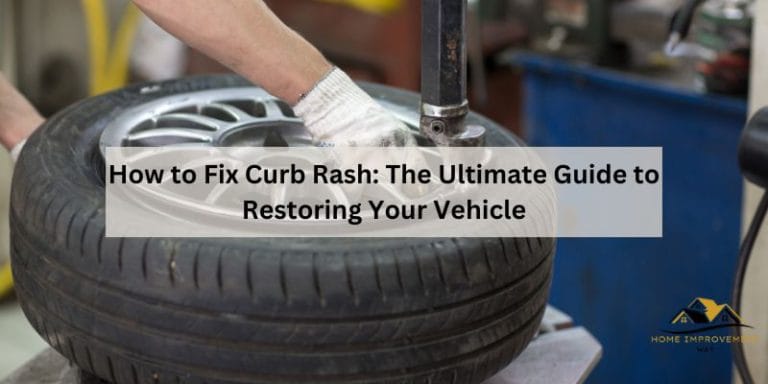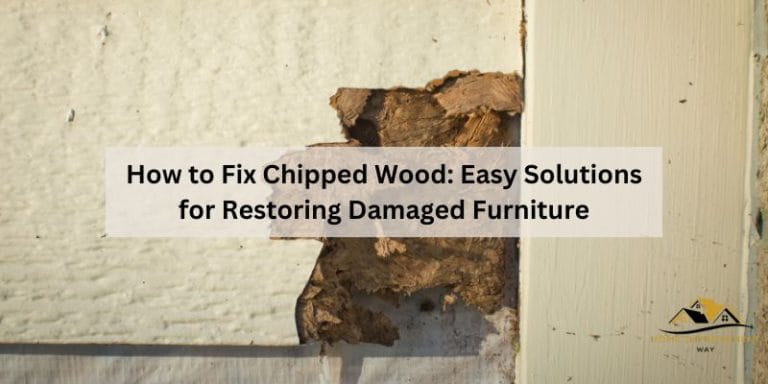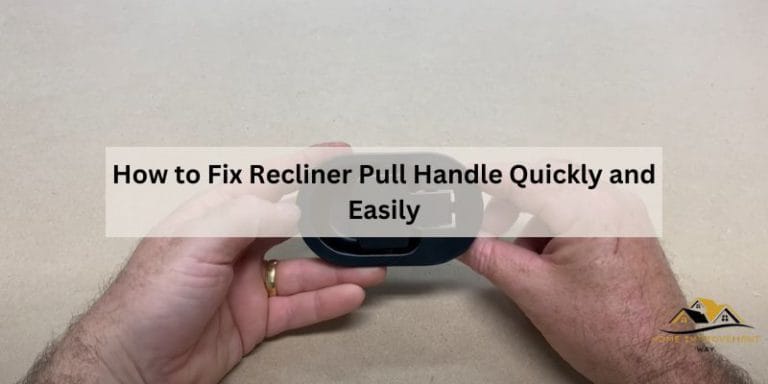How to Resurface Granite Countertops: A Step-by-Step Guide
To resurface granite countertops, start by cleaning the surface thoroughly with a granite cleaner and a soft cloth. Then, apply a granite-specific sealant to protect the surface and enhance its shine and durability.
Granite countertops are a popular choice in kitchens and bathrooms due to their durability and aesthetic appeal. Over time, however, these countertops can become worn or develop stains, requiring a resurfacing process to restore their beauty. Resurfacing granite countertops involves cleaning the surface and applying a sealant to protect and enhance its appearance.
We will explore the steps to resurface granite countertops effectively. By following these guidelines, you can prolong the lifespan of your countertops and maintain their elegant look for years to come. So, let’s dive in and discover the secrets to resurfacing granite countertops.
Choosing The Right Resurfacing Method
When it comes to resurfacing your granite countertops, selecting the appropriate method is essential for achieving beautiful and long-lasting results. With various options available, it’s important to assess the condition of your countertop and determine the most suitable resurfacing method. By following a systematic approach, you can ensure that your countertops are restored to their former glory. Let’s take a closer look at the key considerations when choosing the right resurfacing method.
Assessing The Condition Of The Countertop
Before deciding on a resurfacing method, it’s vital to thoroughly evaluate the condition of your granite countertop. By closely examining the surface, you can determine the severity of any damages, such as scratches, stains, or dullness. Take note of any areas that require special attention or repairs. This assessment will serve as a foundation for selecting the most appropriate approach to restore your countertop.
Determining The Suitable Resurfacing Method
Based on the assessment of your granite countertop’s condition, you can now move on to determining the most suitable resurfacing method. Here are three common options to consider:
- Polishing: If your countertop has mild scratches or minor wear, polishing is an effective method to restore its shine. Through the use of diamond polishing pads, the surface is buffed to remove imperfections and reveal a glossy finish. This method is ideal for countertops in good condition that only require minor touch-ups.
- Re-sealing: If your countertop shows signs of staining or discoloration, re-sealing can be an excellent choice. This involves applying a fresh layer of sealant to protect the surface from further damage. Before re-sealing, it’s important to thoroughly clean the countertop to ensure optimal adhesion and long-lasting results.
- Resurfacing with epoxy coatings: For more extensive damages such as deep scratches or chips, resurfacing with epoxy coatings is a viable option. This method involves applying multiple layers of epoxy resin to create a new protective surface on top of the existing granite. Epoxy coatings are durable, offer customizable finishes, and can effectively mask imperfections.
Consider the condition of your countertop, the level of damage, and your desired outcome to determine which resurfacing method is best suited for your granite countertops.
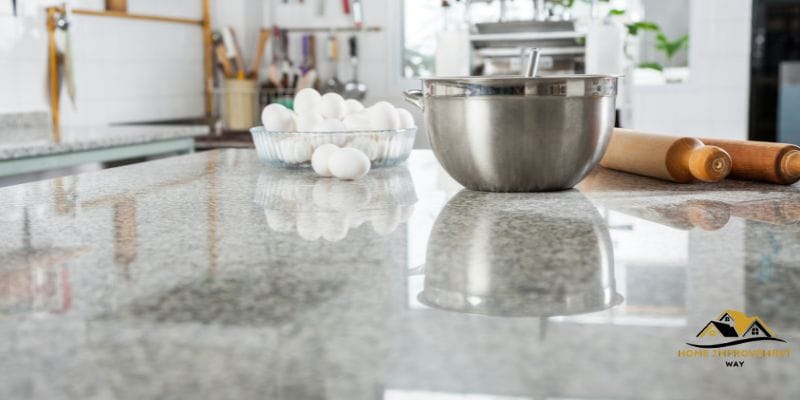
Gathering The Necessary Tools And Materials
To resurface granite countertops, gathering the necessary tools and materials is crucial. By ensuring you have everything you need, such as sandpaper, a diamond polish pad, and a stone sealer, you can effectively rejuvenate your countertops and give them a fresh look.
Cleaning Supplies
Before you begin resurfacing your granite countertops, gather all the necessary cleaning supplies. This step is crucial to ensure that your countertops are clean and free from any dirt or debris that could affect the resurfacing process. Here are the essential cleaning supplies you’ll need:
- All-purpose cleaner
- Mild dish soap
- Soft microfiber cloths
- Soft-bristle brush
- Warm water
Resurfacing Materials And Tools
Once you’ve cleaned your countertops, it’s time to gather the materials and tools you’ll need to resurface them. These items will help you achieve a smooth and polished finish on your granite surfaces. Here’s what you’ll need:
- Granite polishing compound
- Diamond polishing pads
- Variable-speed angle grinder
- Water sprayer bottle
- Protective goggles
- Dust mask
- Painter’s tape
- Plastic drop cloth
- Lint-free cloth
Conclusion
By gathering the necessary tools and materials, you’ll be well-prepared to begin the process of resurfacing your granite countertops. Cleaning supplies such as all-purpose cleaner, mild dish soap, microfiber cloths, and a soft-bristle brush will help ensure a clean surface. Resurfacing materials such as granite polishing compound, diamond polishing pads, and a variable-speed angle grinder are essential for achieving the desired finish. Don’t forget to protect yourself with goggles and a dust mask, and to cover the surrounding areas with painter’s tape and a drop cloth. Once you have everything you need, you can proceed to the next steps of resurfacing your granite countertops.
Preparing The Countertop For Resurfacing
To prepare the countertop for resurfacing, start by thoroughly cleaning the granite surface with a mild detergent. Next, apply a granite-specific cleaner to remove any stains or residue. After that, use a fine-grit sandpaper to roughen the surface, allowing the new coating to adhere properly.
Finally, wipe the countertop clean and apply a primer before resurfacing for a fresh and updated look.
Before you begin to resurface your granite countertops, it’s important to properly prepare the surface to ensure optimal results. This involves removing any objects and appliances from the countertop and thoroughly cleaning the surface. Following these steps will help create a smooth and clean surface, ready for resurfacing.
Removing any Objects and Appliances
To start the countertop resurfacing process, you’ll need to remove any objects and appliances from the surface. This includes small appliances, knife blocks, decorative items, and anything else that may be sitting on the countertop. By clearing the surface, you’ll have a clean workspace and prevent any damage to your belongings during the resurfacing process.
Thoroughly Cleaning the Surface
Once you’ve cleared the countertop of any objects and appliances, the next step is to thoroughly clean the surface. Cleaning the surface is crucial as it helps remove any dirt, grease, or stains that may have accumulated over time. For an effective clean, follow these simple steps:
1. Start by wiping down the countertop with a damp cloth or sponge to remove any loose debris. This will make it easier to tackle any stubborn stains later on.
2. Next, apply a granite cleaner specifically designed for use on natural stone surfaces. Be sure to choose a non-abrasive cleaner to avoid any damage to the granite.
3. Use a soft-bristle brush or sponge to gently scrub the entire surface, paying extra attention to any areas with stains or spills. Avoid using harsh scrub brushes or abrasive cleaners as they can scratch the surface of the granite.
4. Rinse the countertop thoroughly with clean water to remove any traces of the cleaner.
5. Dry the surface completely using a clean, lint-free cloth or paper towel. This will help prevent any streaks or water spots from appearing on the countertop.
By following these steps, you’ll ensure that your granite countertop is properly cleaned and ready for resurfacing. With a smooth and clean surface, you can achieve the best possible results when applying the new surface coating to rejuvenate your countertops.
Applying The Resurfacing Product
Applying a resurfacing product to your granite countertops can breathe new life into them, restoring their beauty and shine. This step-by-step guide will walk you through the process of applying the resurfacing product, ensuring that you achieve professional-looking results.
Mixing And Preparing The Resurfacing Product
Before you begin applying the resurfacing product, it’s crucial to carefully mix and prepare it according to the manufacturer’s instructions. Here’s a simple breakdown of the process:
- Start by wearing protective gloves and a face mask to shield yourself from any potential fumes or irritation.
- Carefully measure and pour the required amount of the resurfacing product into a clean bucket. Refer to the manufacturer’s instructions to determine the appropriate quantity.
- Add the recommended activator or hardener to the bucket, following the specified measurements.
- Use a stirring stick to thoroughly mix the components together. Ensure that there are no lumps or clumps remaining in the mixture.
- Let the mixture sit for the specified amount of time to allow it to activate properly.
Applying The Product In Thin Layers
Now that you have prepared the resurfacing product, it’s time to apply it to your granite countertops. Follow these steps for optimal results:
- Start by cleaning your countertops thoroughly to remove any dirt, grime, or residue that may interfere with the resurfacing product’s adhesion.
- With a clean cloth or sponge, apply a small amount of the resurfacing product onto the countertop surface.
- Using a paintbrush or roller, spread the product evenly in thin layers, working in small sections at a time. This ensures that the product adheres uniformly and minimizes the risk of excess buildup.
- Work quickly and efficiently, applying gentle pressure to ensure the product penetrates any imperfections on the surface.
- Allow the first layer to dry completely before applying additional layers. This ensures proper curing and a smooth, professional finish.
- Repeat the process of applying thin layers until you achieve your desired results. Remember to let each layer dry thoroughly before applying the next.
By following these steps, you can effectively resurface your granite countertops, restoring their original beauty and extending their lifespan. Remember to always read and follow the manufacturer’s instructions for the resurfacing product you choose, as different products may have specific application guidelines. With a little patience and attention to detail, you can achieve stunning results that will impress your family and guests.
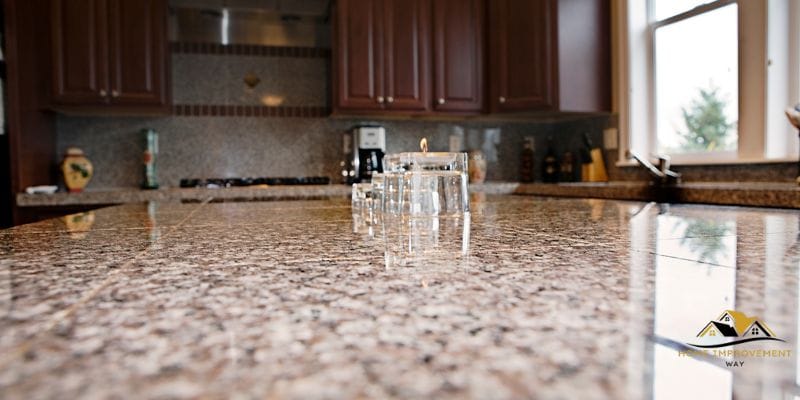
Finishing And Sealing The Resurfaced Countertop
After resurfacing your granite countertop, it’s important to finish and seal the surface to ensure its longevity and maintain its beauty. The finishing and sealing process involves smoothing and buffing the surface to remove any imperfections and applying a protective sealant to enhance its resistance to stains, scratches, and heat damage.
Smoothing And Buffing The Surface
To achieve a polished and smooth surface, start by using a low-grit diamond pad. Gently move the pad in circular motions across the countertop, paying attention to any areas that may require extra smoothing. Gradually increase the grit of the pad, working your way up to a higher grit for a finer and more refined finish. Remember to keep the surface moist with water or a granite-specific solution to prevent heat build-up and ensure effective smoothing.
Next, switch to a buffing pad to further enhance the shine and smoothness of the resurfaced countertop. Buff the surface in a circular motion, applying light pressure to achieve a glossy finish. Regularly check the surface for any remaining imperfections and continue the buffing process until you’re satisfied with the result.
Applying A Protective Sealant
Applying a protective sealant is crucial to safeguard your newly resurfaced granite countertop from potential damage. Before sealing, ensure the surface is clean and completely dry to allow the sealant to adhere properly. You can use a granite-specific cleaner to remove any dirt or debris and wipe the surface dry with a clean cloth.
There are various types of sealants available, so choose one specifically formulated for granite countertops. Apply the sealant evenly across the entire surface, using a clean cloth or sponge. Make sure to follow the manufacturer’s instructions regarding application and drying time. Typically, it’s recommended to apply multiple coats to ensure maximum protection.
After the sealant has dried, perform a simple water test to check its effectiveness. Sprinkle a few droplets of water on the countertop surface and observe how the water beads up. If the water forms tight beads and doesn’t penetrate the surface, it means the sealant is working effectively. However, if the water seeps into the granite, it’s a sign that the sealant needs to be reapplied.
Remember to reseal your granite countertop periodically to maintain its protective layer and keep it looking beautiful for years to come.
Conclusion
Resurfacing granite countertops can breathe new life into your kitchen or bathroom space without the need for a full replacement. With careful preparation and the right tools, you can easily restore the beauty and durability of your countertops. Remember to clean and seal your countertops regularly to maintain their appearance and protect against future damage.
By following these steps, you can enjoy the benefits of refreshed granite countertops for years to come.


